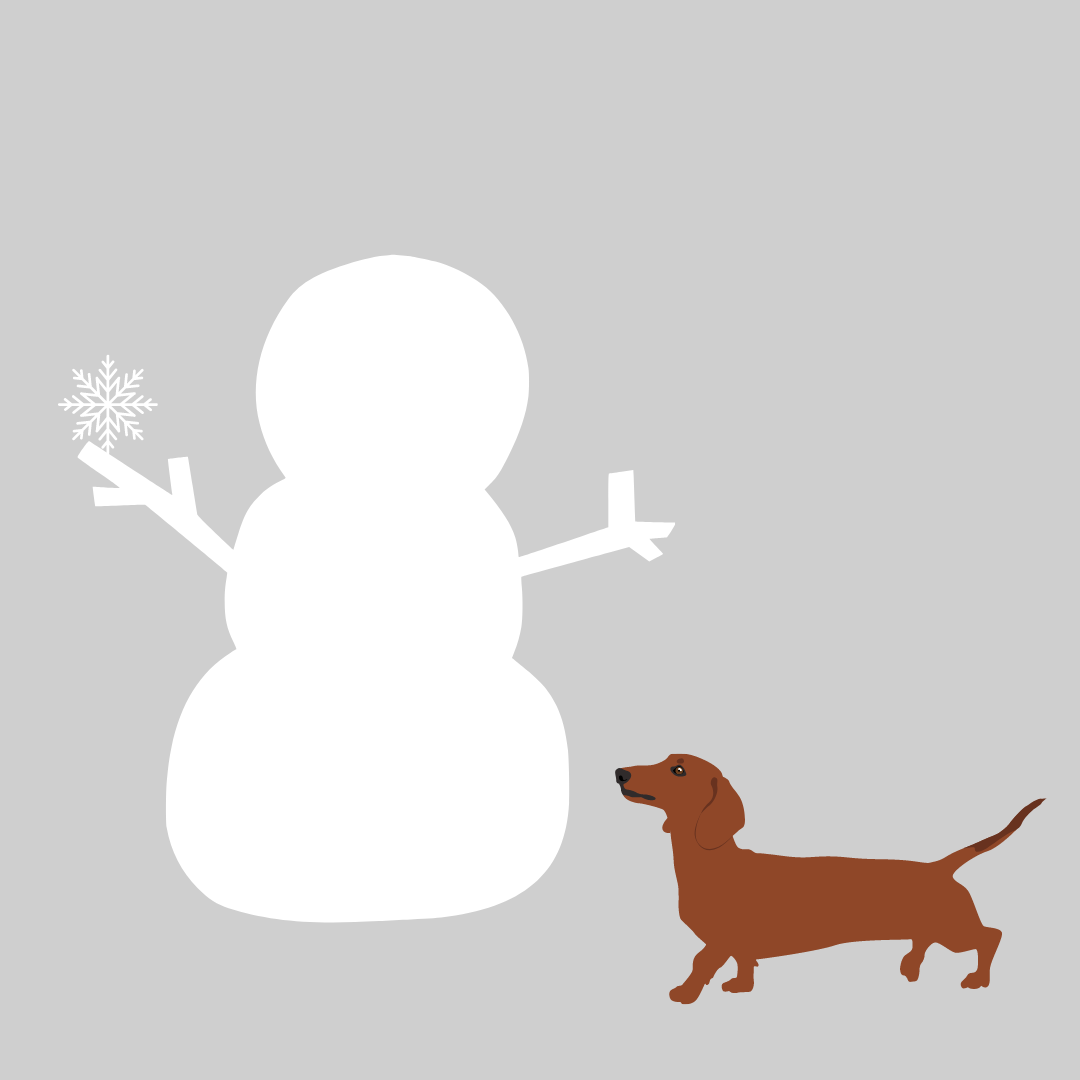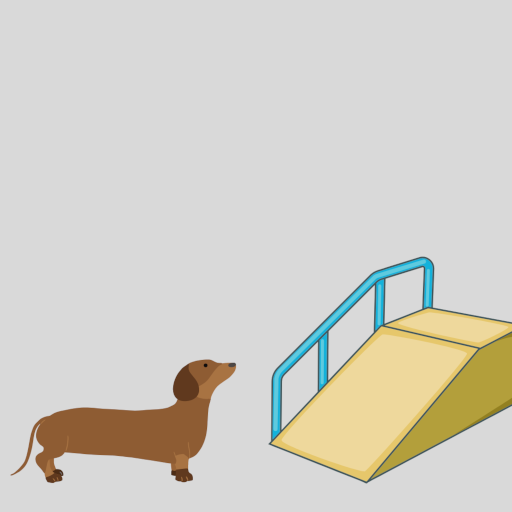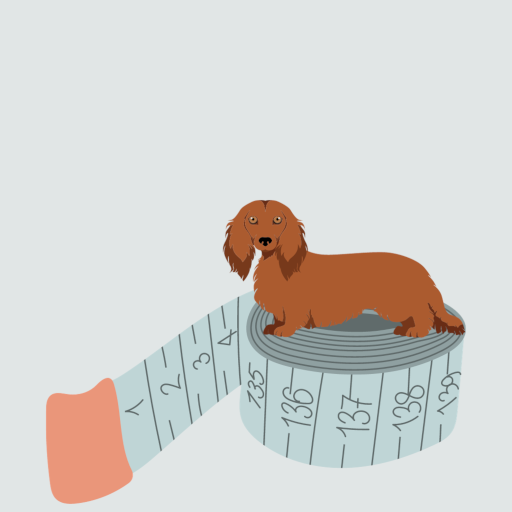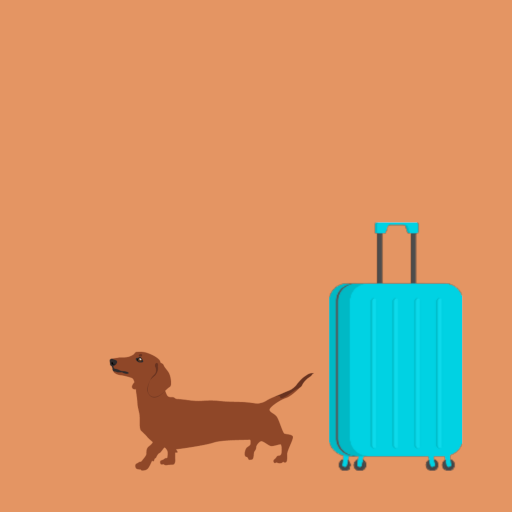Dachshund winter survival guide
Dachshund winter survival guide
As we always say here at Barkmatic, dogs are born with their clothes on, but some dogs can use a bit of help to keep as warm and dry as possible. This is especially true of dachshunds who are typically reluctant to go outside in bad weather. But depending on the severity of winter temperatures where you live, a well-fitting and reflective dog coat could be a real necessity when you take your dog outdoors, not just a corrective for breed temperament.
Your dachshund may in fact be extremely uncomfortable in winter temperatures, as uncomfortable as you would be if you went outside in the cold without clothing. Any dog with a thin coat may need to wear a dog coat when outside in the winter months, and you should be ready to keep him warm when he ventures outside. Puppies, short-haired and old dachshunds will particularly benefit from a warm and well-fitting dog coat.
What makes a good winter dog coat?
A good dog coat for winter conditions should reach from the neck to the base of the tail. It should be snug without being tight so that your dog can’t easily pull it off, so it doesn’t drag on the ground, and so it doesn’t impede leg movement or get caught on anything. Insulation will be more effective when a dog coat fits snugly. But remember that dog coats will not prevent frostbite on the ears, feet or tail. Even with an insulating coat, don’t keep your short haired dog out too long in freezing temperatures.
Bright coloured and reflective dog coats will ensure your dog can be seen on the pavement or crossing the road during dark winter mornings and evenings.
Grooming your dog for freezing weather
If you have a long haired or wire haired dachshund with lots of hair around their feet and between their foot pads, the hair can form into frozen blocks between the pads and toes of the feet if it gets wet in low temperatures. Carefully trimming the hair around their feet and between the pads can prevent these ice balls, and the pain and damage that your dog may experience.
In urban areas where road salt and grit is used to de-ice pavements and roads, your dachshund will pick this up on her feet during her walk. You should wash or wipe her paws with warm water when you get back inside so she doesn’t lick it off, and so it doesn't irritate or dry out her foot pads. Road salt used for de-icing is not regular table salt, it contains several ingredients to make it easier to use, and you don’t want your dachshund ingesting these.
If your dog starts showing signs of discomfort, such as lifting up their paws, whining, or stopping while out on walks it could well be because their feet are too cold. You may want to consider investing in some dog booties or foot protectors for them to wear.
Dachshunds can get very dirty on their underside, after even a short walk. Wiping your dachshund’s legs, feet and stomach when you come indoors after a snowy walk will prevent irritation to their foot pads from salt and grit from the roads. It will keep your house cleaner too! We keep a stack of brightly coloured microfibre car cleaning cloths near each outside door in our home and studio for quick and easy dog wiping.
After bathing your dog during winter months, make sure that she’s completely dry before allowing her outside again.
Safety first
If you’re walking or playing in unfamiliar areas when the ground is covered with snow, keep your dachshund close. Unsafe surfaces such as frozen ponds or lakes may be covered in snow and not easily visible. Stay away from frozen ponds or lakes and keep your dog on a lead near frozen water. If they do run onto ice, it’s tempting to try to rescue them but it’s important that you don’t put yourself at risk in the process. Dogs are more likely to swim and get themselves out of trouble than you are.
Experts suggest keeping your dachshund on a lead if it is snowing heavily, even if you would normally let her loose to run around. Snow muffles the sound of approaching vehicles, which may pose a risk. Snow can be disorientating so she may get lost, even if temporarily. Make sure that she’s got a bright coloured and reflective dog coat on for maximum visibility.
Leaving your dog alone in freezing conditions
Don’t leave your dachshund outside unattended in freezing or very cold temperatures. Most pet dogs spend their lives inside, even working breeds, and aren’t used to extreme cold. A good rule of thumb is to go out with them and when you’re ready to come in, they probably will be too.
Never leave your dog unattended in a car during extreme weather, hot or cold. A car interior may quickly drop to zero degrees to match freezing external temperatures, and leaving the car running involves additional risks.
Serious problems: hypothermia, frostbite, and dogs
Dogs, like humans, can suffer from two serious cold weather conditions, which you should take steps to prevent and recognise. Ears, paws and tails may be affected by frostbite during exposure to severe cold, leading to pain and discomfort at a minimum and loss of tissue in severely frostbitten areas. Hypothermia is a serious condition resulting from a reduction in normal body temperature leading to shivering, lethargy, confusion, or worse. Hypothermia causes a depression of the central nervous system (CNS), and may also affect the heart and blood flow, breathing, and the immune system.
Hypothermia can be prevented by avoiding prolonged exposure to cold temperatures, especially for dogs considered to be at-risk. Smaller breed dogs, older (geriatric) and very young dogs, sick dogs, and dogs with certain medical conditions are all more prone to rapid surface loss of body heat, and so are at higher risk of hypothermia.
If you need to put a coat on outdoors then your dog will probably be feeling the cold too, and will likely benefit from a properly-fitting dog coat. Non-working dogs in climates with frequent snow and ice may also benefit from dog booties or paw protectors. Dog owners should be aware of the signs that their dog needs to come indoors to warm up. Pay attention to your dog’s behavior outdoors, and look out for whining, shivering. lethargy, or anxiety. Suspected frostbite or hypothermia should be referred to a veterinarian without delay.
Barkmatic dachshund winter coats: like hot chocolate for your dog
Take a look at Barkmatic dog coats, in simple sporty styles and bright clean colours. They’re specially designed for dachshunds of all sizes, and made to measure to ensure a perfect fit for your low-slung family member.
Chat with us any time if you have any questions about the four simple measurements we need to make a coat for your dog.
Enjoy the winter!






